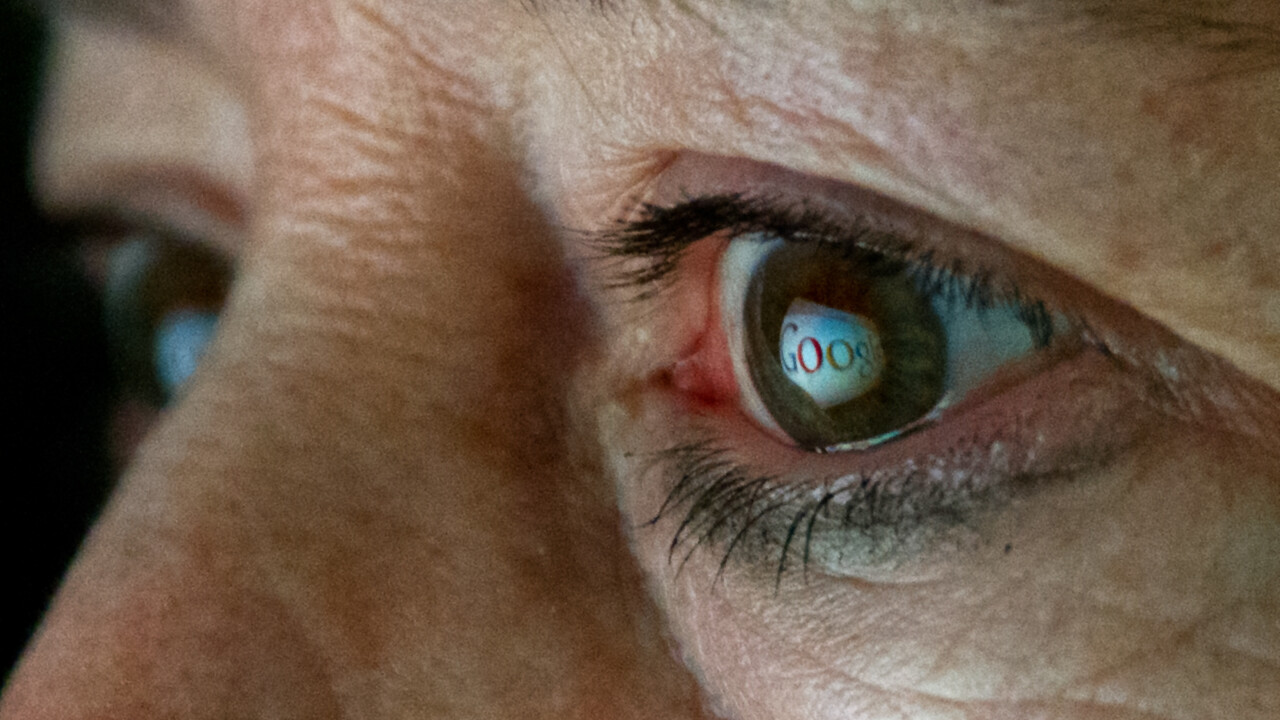
Google published some upcoming amendments to its terms of service today, revealing changes that would enable the company to feature users’ names and photos in certain parts of its advertising.
The new terms of service (spotted by The New York Times) includes some limitations, however.User names and photos will only be used for ‘shared endorsements’, which are small, one-line reviews displayed underneath a specific advert or listing on one of Google’s services.
Whenever you comment on, follow or +1 a page while logged in with your Google account, that content can then be used alongside relevant ads. These new endorsements will only be visible to the people who you originally shared that activity with though; most content will therefore be restricted to a specific circle from Google+, although ratings and reviews posted on Google Play or Google+ Local will be visible to the wider public.
Google has posted a few examples of what the new shared endorsements will look like across the Web:
As a user, you can choose whether or not this information is shown at all through the ‘shared endorsements’ setting. If you choose to turn it off, neither your name or photo will appear alongside Google’s ads. It’s worth stressing that this will be an opt-out feature though; a large number of users never read the terms of service and will probably be unaware of the changes.
The new terms of service, which only apply to users aged 18 or over, will go into effect on November 11. So, you have exactly one month to decide whether you want to opt-out of the scheme.
Image Credit: KAREN BLEIER/AFP/Getty Images
Get the TNW newsletter
Get the most important tech news in your inbox each week.





